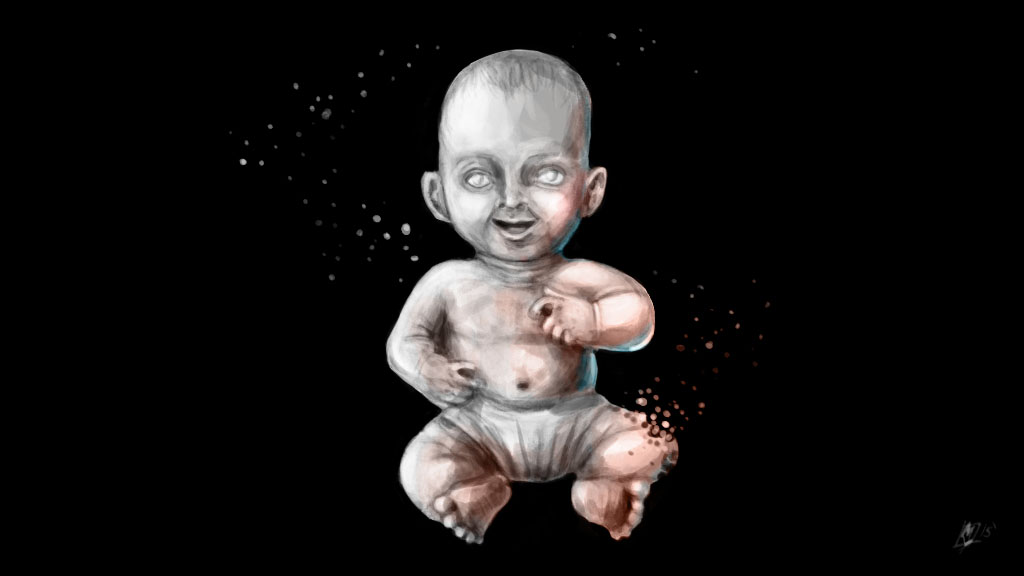eSight and the Legally Blind
by Natasha Amadasun | published Feb. 20th, 2015
Legal blindness is a disorder that affects around 1.3 million people, and that number is expected to keep rising. A person who is legally blind is categorized as a person with "a central visual acuity of 20/200 or less in the better eye with the best possible correction, and/or a visual field of 20 degrees or less," according to the American Foundation for the Blind. Legal blindness inhibits a person from seeing shapes, recognizing color and determining spatial cues. In the case of Kathy Beitz, it would have prevented her from seeing her newborn child — a pivotal point in many parents' lives.
Beitz has been diagnosed with a degenerative disease called Stargardt Disease, and has been legally blind since childhood. The disease takes away vision by filling the central region of sight with a blind spot and causing extreme inhibition of focus. It begins affecting people between the ages of 6 and 20; it starts slowly, then quickly progresses to remove almost 100 percent of their vision. This is where eSight Corporation steps in. Beitz gave birth to her son, and with the technology available to her through eSight, she was able to see him.
eSight creates special eyewear to aid the legally blind. The "glasses" work to remove blind spots, refocus the eye and allow for increased mobility when sight is regained. eSight combines the capabilities of OLED screens, real time cameras and HD displays, all within an easy-to-use headset. The headset has hands-free capabilities and utilizes a state-of-the-art positioning system eSight calls "bioptic tilt." Bioptic tilt provides the user with almost full-range eye motion by maintaining peripheral vision and central vision at the same time just like a physiologically correct eye would.
Kathy's story became national, and even international, news, but it is not unlike many other stories involving eSight. Users have found that eSight is able to return sight even when people have been unable to see for 20 or more years. Assistive technology is changing the way individuals with limited sight and other limited sensory disorders view and experience the world, and the trend doesn't seem to be slowing down any time soon.



